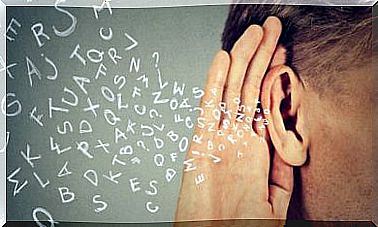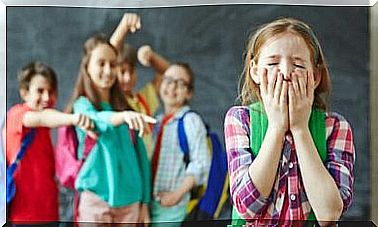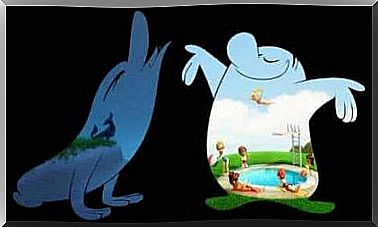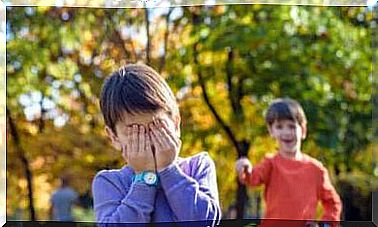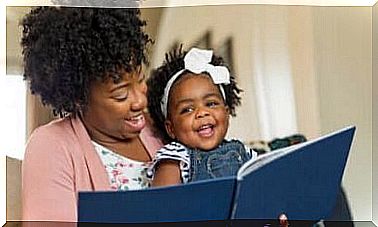Know Your Child’s Personality Through The Tree Test
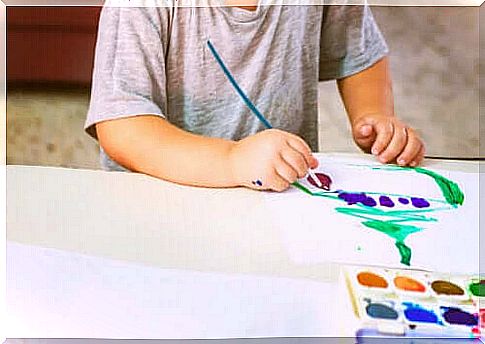
With the tree test you can discover what your child’s personality is like. Children express their emotions and feelings better through drawings than through words. If you give them paper and colors, they tend to put everything that comes to mind on paper.
Often, psychologists use this type of test to know or evaluate whether the child has a problem. They are called ‘projective tests’, with which we evaluate the personality. These can be used in both children and adults. Do you want to know what this tree test consists of and how it can be interpreted? Read more!
The tree test to help us get to know our children
Obviously, a drawing will not tell us everything there is to know about our children. However, it can give us information about some of the personality traits we already know or don’t know, as well as whether they are going through a rough time emotionally.
This technique is easy to apply and is widely used in psychological consultations, both for children and adults. Do you want to know how this technique works?
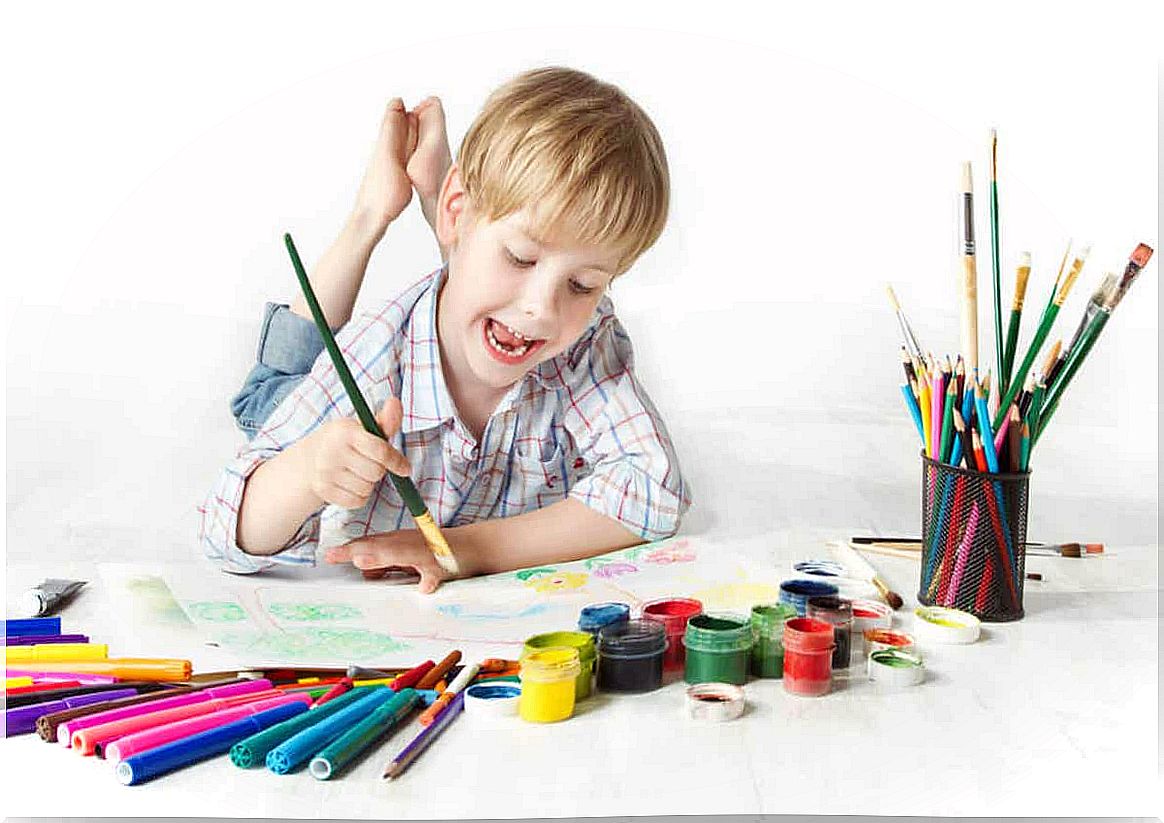
The tree test: what does it consist of?
There are certainly things about your innermost self that you don’t know, because sometimes even we don’t fully know ourselves. This technique is very simple and quick to perform and can provide information about the subconscious mind. How can we put it into practice?
- The first thing we need to do is prepare a blank sheet of paper, a pencil and some crayons (colors are important).
- Once we have prepared the material, we ask the child (ideally between 5 and 6 years old) to draw a tree. Don’t give them more information, just that they make this drawing. If they ask how you want it, you tell them how they want it. We are not allowed to give them any further instructions.
- Now let them spend as much time as they need. Some are faster and some slower, some have more detail and some less. Anyway, we shouldn’t rush them.
How can we interpret our child’s tree test?
Then, when they’re all done with the drawing, it’s time to analyze it; this can give us a lot of information about our child.
The ground
The ground in these projective techniques represents the child’s contact with reality. If it is not present, it may indicate that the child is feeling insecure. Nevertheless, it is important to know that children under 9 usually do not draw ground. However, this does not mean that there is a problem.
- When they do draw the ground, it indicates that they are confident and confident.
- If they draw the ground with straight lines, it indicates that they are a child with clear ideas and very stable emotionally.
- If the ground is wavy, it could indicate a high sensitivity and that they always try to avoid confrontation.
- When the tree appears on a mountain, it can tell us that it is a child who likes to be the center of attention.
The carrots
The roots are there to reflect the child’s affections, just as roots are the tree’s sustenance and what helps them sustain themselves. These roots represent the “id”, the most hidden part of all of us.
- If the child leaves the roots out of the drawing, it may indicate that he is feeling weak or afraid of the world.
- If the child draws them, it may indicate that there is good emotional development, the child feels loved and accepted.
- Does the child draw the tree with many roots? This can be an indication that they have a positive and secure attachment.
- We must keep in mind that many children under 9 years old do not draw carrots. This doesn’t mean they have a problem.
the tree trunk
The trunk is associated with personal identity and is one of the most important elements of the tree.
- If the trunk is thin, with irregular beats, this may indicate that the child is anxious and suggestive.
- Does the tree have holes? This may indicate an emotional void.
- If the trunk is thick, with firm lines, it tells us that the child has a strong personality and character, with good self-control and discipline.
- Also, if the trunk is too wide, it can indicate a tendency towards aggressiveness, narcissistic traits and stubbornness.
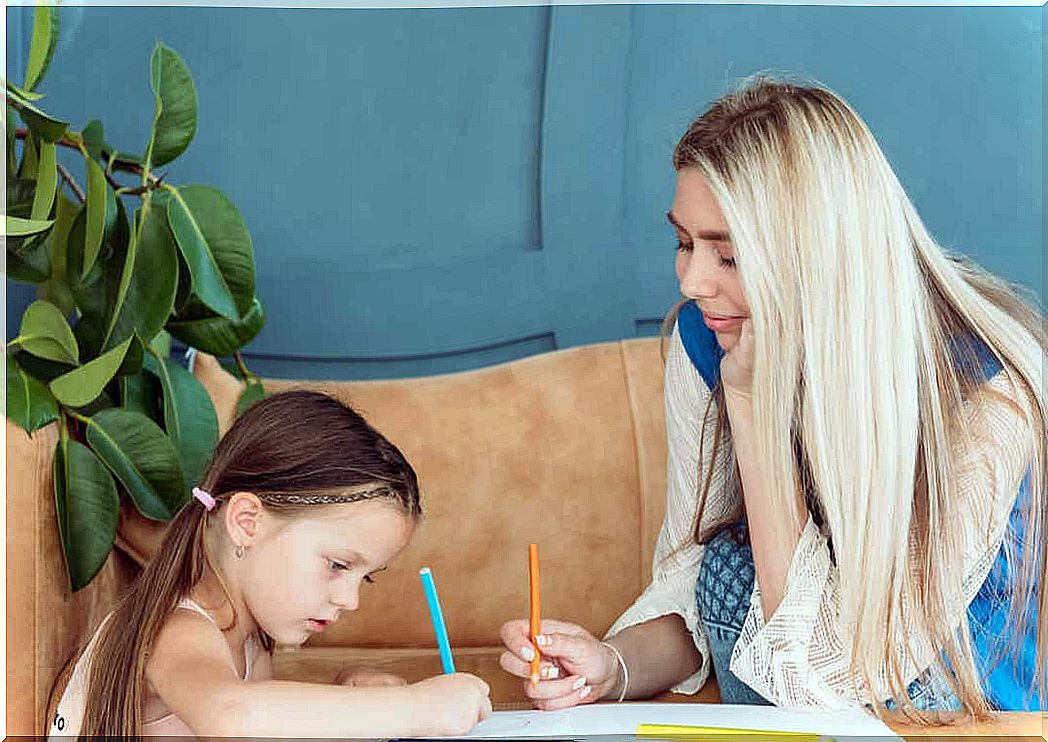
The crown and branches
The crown and branches are the top parts of the tree, which are the most visible. Therefore, they represent the child’s relationship with the outside world, other people, family, friends and also their aspirations. As with the other parts, when kids are younger they may not draw the branches because they don’t have that level of detail in drawing yet.
- Branches pointing upwards may indicate an optimistic child, and if they are hanging downwards, it may indicate a tendency towards pessimism.
- If the crown and branches are made with great precision and detail, that tells us that they are a perfectionist and a creative person.
- If the child draws a large crown, it may indicate that he is an extroverted child. At the same time, if it is very small in relation to the tribe, it may indicate that the child is more introverted.
- If the little ones add fruit to the tree, it usually suggests that they have a generous and sociable personality.
Final clarifications regarding the tree test
This tree test article is informative for parents to help them discover or suspect their child’s emotional problems. However, it does not provide a diagnosis or validity unless it is a professional who uses it along with other tools to assess the child and detect if there really is a problem.
It should always be a specialist who evaluates the child as a whole, if necessary. For parents, this test is only for orientation and to learn about aspects of the child’s personality that they may not be aware of.



